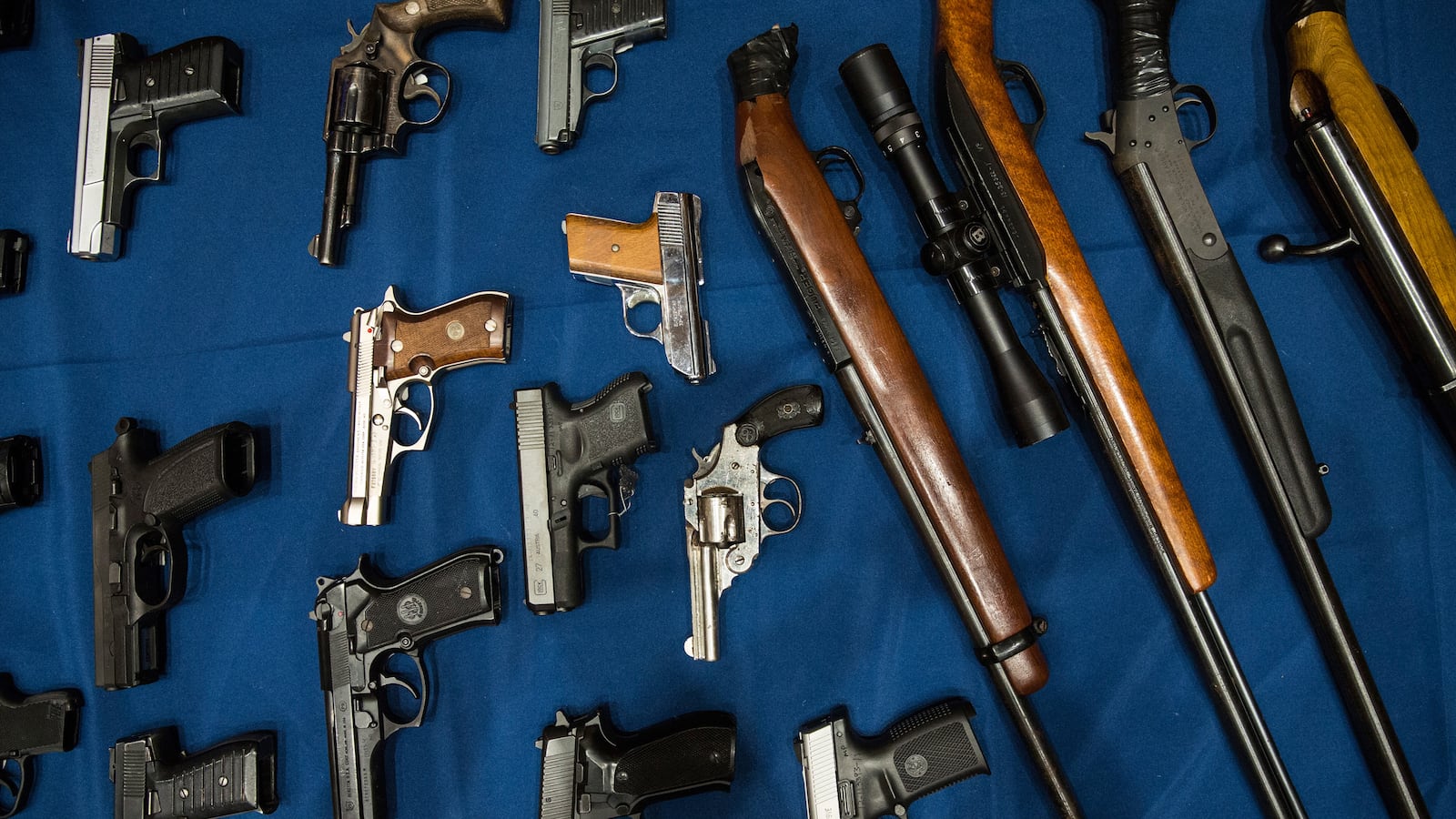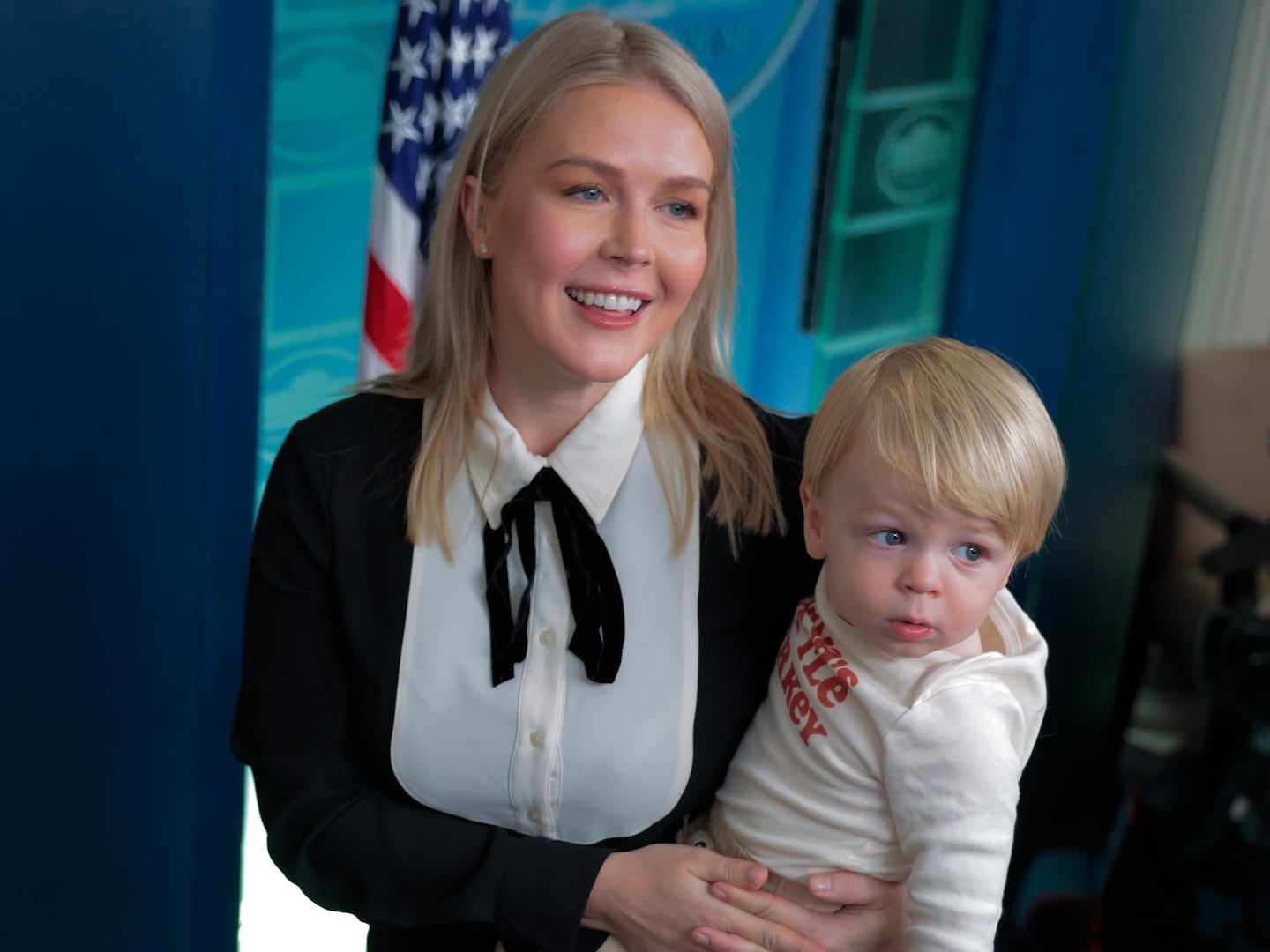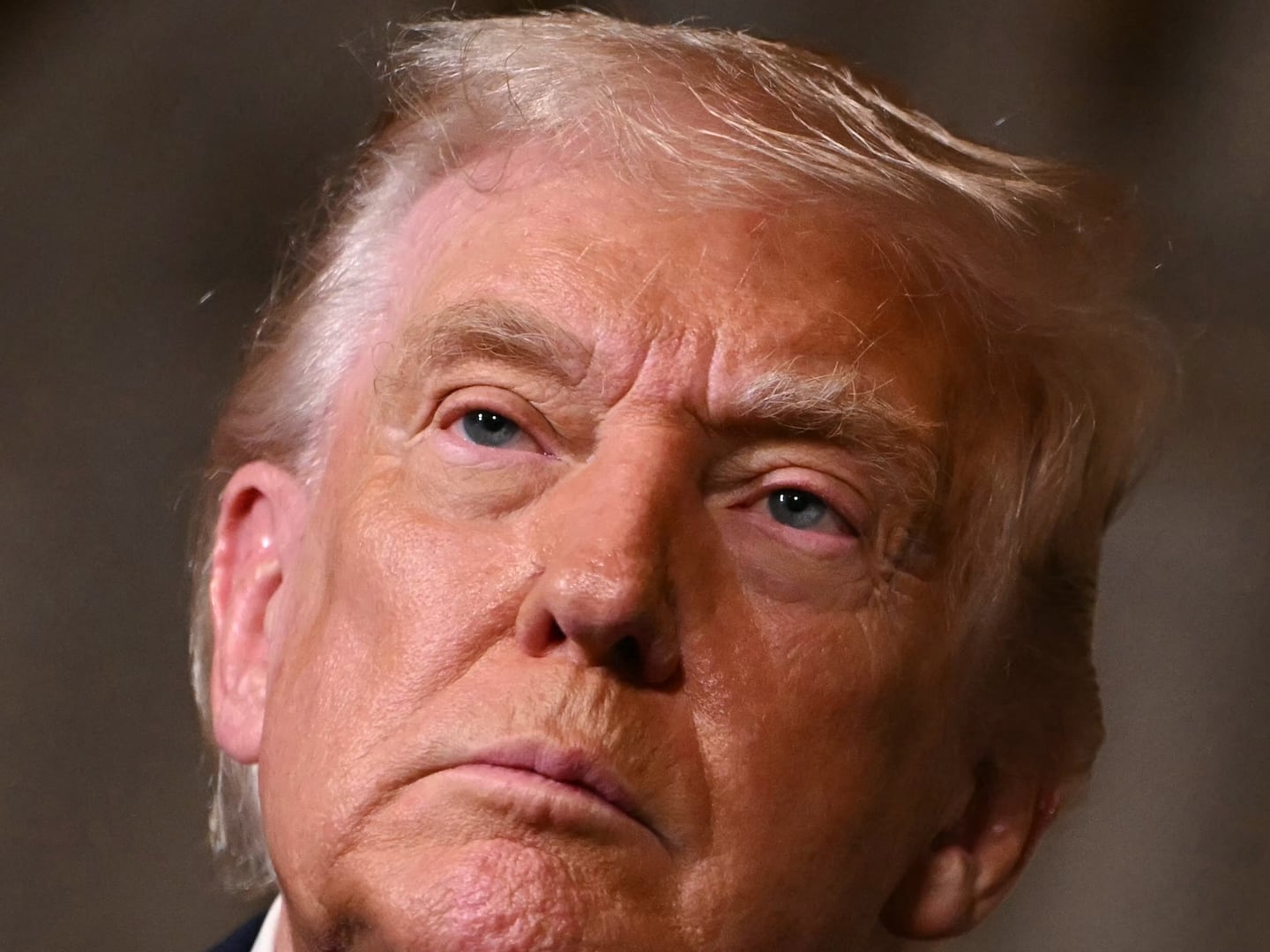The largest seizure of illegal guns in New York City’s history was announced Monday. New York City Mayor Michael Bloomberg and New York Police Commissioner Ray Kelly announced that an extensive wiretapping investigation, aided by an undercover agent, led the NYPD to seize 254 illegal guns worth over $160,000. Nineteen people were indicted for alleged involvement in the gun trafficking, with some of the accused facing up to 25 years in prison.

The gun seizure comes at a crucial moment for Bloomberg and Kelly, the architects of the current iteration of the city’s highly controversial stop-and-frisk program. Last week a federal judge ruled that New York’s use of stop-and-frisk violates the Equal Protection Clause of the Constitution. The city has appealed the ruling.
Much of the debate over stop-and-frisk has centered on whether the practice is effective at catching illegal guns and getting them off the streets. While New York City’s violent crime rate is at an all-time low, critics of the policy say it has led to a disproportionate number of stops of young black and Latino men, aggravating existing tension between minorities and the police.
The policy’s critics also claim there are more effective ways of policing crime-ridden neighborhoods; a recent report by the New York Civil Liberties Union found that nine out of 10 people stopped were innocent, meaning they weren’t arrested or ticketed by police officers.
Stop-and-frisk is now hobbled by the court decision and may soon be gone entirely—Bill de Blasio, the current Democratic frontrunner in the race to succeed Bloomberg, has vowed to eliminate stop-and-frisk if he is elected this fall.
For Bloomberg, one of the most powerful voices in the gun-control lobby, the chatter on the wiretaps that led to Monday’s seizure was further testament to the particular effectiveness of stop-and-frisk in keeping illegal guns off the streets. The wiretaps showed that the traffickers’ biggest concern was being caught via stop-and-frisk, Bloomberg said.
In one recorded text message conversation between two alleged traffickers, one trafficker says, “I’m in Charlotte now. I can’t leave until you come because I can’t take [the guns] to my house, to my side of town, because I’m in Brownsville. So we like got ... watchamacallit ... stop-and-frisk.”
(NYPD officers conducted 3,020 stops in Brownsville, a crime-ridden neighborhood in Brooklyn, in the first three months of 2013.)
“I think generally it’s believed by law-enforcement people that without this tactic, the bad guys would feel a lot more comfortable in carrying guns,” Bloomberg said in a press conference Monday. “They carried guns before. They aren’t carrying guns now.” He said stop-and-frisk can be credited with taking about 8,000 illegal guns off the streets of New York.
Weak state and federal gun trafficking laws helped create a climate in which the weapons could be easily shepherded across state lines, Bloomberg said. The indictment details an extensive investigation that followed two groups allegedly trafficking guns from North Carolina and South Carolina into New York City.
The weapons, according to the indictment, were carried in mostly via the cheap cross-country buses that leave from and arrive in New York’s Chinatown. The seizure included small .22-caliber pistols and 7 assault weapons, including a Cobray 9mm machine gun with a 30-round magazine.
The indictment claims that guns sold on the black market in New York “fetch at least three times their original price” out of state.
But critics of stop-and-frisk say that, while no one disputes that illegal guns have no place on city streets, there are other tried-and-true methods of nabbing weapons that don’t involve the nasty side effect of what they perceive to be the unjust profiling of minorities.

So what’s the alternative? Finding solutions that are driven by the very communities most plagued by crime, advocates of community policing say. This theory of policing has been implemented in criminologist David Kennedy’s Operation Ceasefire, which targeted known gun traffickers in Boston in the 1990s and gave local gang leaders incentives to stop carrying guns.
Ceasefire has also been used recently in Stockton, California, and cities in New Jersey.
Gang leaders were brought into meetings known as call-ins with local community leaders, religious figures, and law-enforcement officials from police officers to district attorneys to discuss the implications of violence on the community and encourage gang members to give up their guns. Strict group consequences for the illegal actions of any one gang member were reinforced.
Firearm violence plummeted 68 percent in Boston in 1995, the year Ceasefire was implemented across the city.
Amy Crawford, the deputy director of the National Network for Safe Communities, which focuses on reducing gang-related violence, says the community-policing model can be effective anywhere with a concentrated violence problem—meaning any city, whether big metropolis or small town, across the country.
That’s because violent crime affects specific blocks and even street corners more than it does entire neighborhoods, she says. “As much of 75 percent of violence is driven by groups of gangs that make up less than 1 percent of the population,” she says. “The idea of policing entire communities isn’t fair to what’s actually happening in those communities.”
But not all crime experts agree that community-based tactics have been proven to work.
Heather MacDonald, a fellow at the Manhattan Institute, points out that, despite local residents acting as “violence interrupters,” the onslaught of gun violence has not slowed in Chicago’s worst neighborhoods. “I don’t know if Operation Ceasefire’s work in Boston can be replicated in a city with a much larger scale like New York,” she says.
Still, advocates say communities must be allowed to police themselves, at least partially.
“Those who have the power to come up with solutions to gun violence can’t violate our civil liberties at the same time,” says Monifa Bandele, a member of Communities United for Police Reform, which opposes profiling by the NYPD.
“We encourage our city government to scale up community-based programs that are working,” she says, pointing to a program in Brownsville called Man Up, which implements neighborhood watches conducted by locals, counseling and mentoring programs, and after-school programs to keep neighborhood children off the streets and away from gang-related violence.
“We can’t create solutions in a vacuum,” she says, “or else we don’t know how those solutions will affect people not in that vacuum.”






